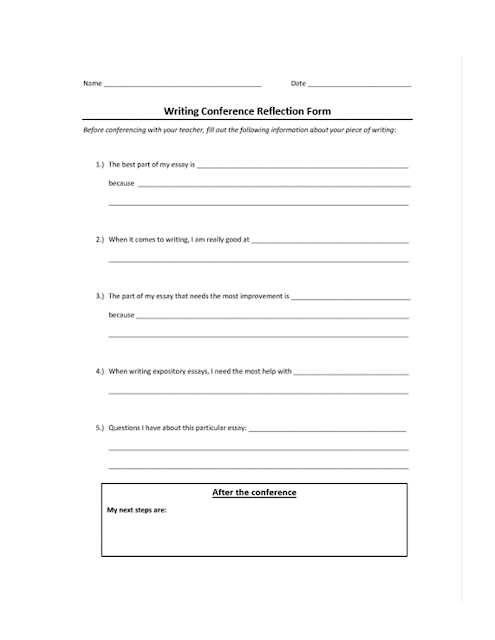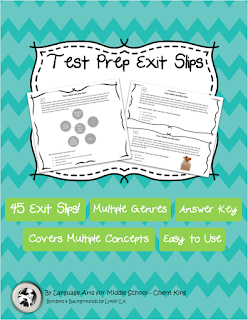Then, in 2012, something magical happened: I attended an Edcamp professional development workshop. Click here to learn more about Edcamp. At Edcamp, which was without a doubt the best professional development I had attended in four years of teaching, I learned about a phenomenal new book called Teach Like a Pirate, by Dave Burgess.
In a nutshell (even though you can't really put the greatness of this book in a nutshell), this book teaches you to rethink your teaching -- every aspect of it: lesson design, relationships with students, self-reflection. It's about teaching with passion and giving students memorable experiences in and outside the four walls of your classroom. Here are a few ways I used ideas from this book to pirate up my teaching:
The pirate in me
I'm sure I already knew this, as we all do, but was reminded by the author that students' days at school can be monotonous, boring, even dreadfully miserable. This book gave me a plethora of ideas to change that -- at least for my class. One of the simple ways to do so (and I seriously kicked myself for not having thought of this myself) is by creating some suspense.The teaser
On the second day of my fifth year of teaching, I had planned to do a lesson on learning styles -- so that I could learn more about my students and their learning preferences and so they could learn more about each other, and themselves. Based on Burgess's book, I was going to focus on brain research, and I found a fantastic video to show about how amazing the brain is -- and how it can be fooled by sleight of hand. I also purchased some dollar-store stress balls in the shape of brains, and I had my own brain-designed hat to wear. I planned to throw (er-- gently toss) the brain balls out to students who asked questions and participated in discussion. Now, of course I was extremely excited about this lesson, but I needed to get my kids looking forward to it. So at the end of class on the first day of school, I gave them a simple teaser: "You don't want to miss tomorrow; we're going to be throwing brains around!" And that's it. No more said, even through the onslaught of "What?!" "What do you mean?" "Throwing brains?!" "What are we gonna be doing?" I needed to leave them wondering, leave them in suspense, leave them curious. Sure enough, the next day, students bounded into class asking about the brains.The mystery
In my 7th-grade ELA class, we would soon be reading Pandora's Box, as well as a few other Greek myths. When planning this lesson, I focused on Burgess's ideas for using props to engage students. I found three small boxes at home (a ring box, a small gift box, etc.). Inside the boxes, I placed a little note that read something like, "I told you not to open it!" Then, the day we were going to be reading Pandora's Box, I handed a box to three random students, telling them, "This is a very special box just for you. But you must place it on your desk and you may NOT open it until the end of class."As class went on, I watched those students, and so did the curious others. One student sat on his hands so he wouldn't be tempted to open the box. Another student tried to peek without really opening the box. Another had no problem setting the box at the corner of her desk and ignoring it henceforth. As we read the myth, students began to make connections between the story and my act of giving students a box and telling them not to open it. Of course there were other parts to the lesson, other activities we did with the myth, but this simple sidebar with the boxes made it interactive for the students, as if they were part of the story. It created suspense and mystery and engagement.
Selling tickets
Last year, I had a lesson planned that I thought was awesome -- so awesome that I could sell tickets to it. So I did. I had a roll of those red raffle tickets that you can buy at Staples or Office Depot, and I stood at my classroom door. As students approached, I told them I was selling tickets to today's lesson. The cost varied; sometimes it was three smiles and a laugh, for some students the cost was a positive attitude, and for other students the cost was two compliments. As I tore off tickets for students and accepted their payment, I could see in their eyes and their smiles that this was not something they were used to. Yes! I created curiosity. Then, during the lesson, I stopped at three natural breaks to call a ticket number for door prizes.Using social media
I often used my teacher Facebook page, Twitter, and Edmodo to send out teasers to the next day's lesson. It was such an easy way to get kids excited about coming to school. One day I had a new seating chart, but instead of just telling my students where to sit, I wanted to make it fun. So I made up a little riddle for each student to find the right seat. The Friday night before, I sent this out on Facebook:"Where, oh, where will my students sit on Monday?
Solve your riddle to have a fun day.
Can you find your seat with just one clue?
If you can read rhymes, you'll know what to do."
Here's a teaser I posted to create suspense for a newscast activity: "Are you ready to be on camera? If so, you will love our next assignment!"
Doing simple teasers like these created excitement for my kids, and the more excited they got, the more excited I got. It was like a crazy, excited cycle of excitement! I've posted before in this blog that I believe if you're not having fun, you're not doing it right. These little nuggets of golden ideas from Teach Like a Pirate helped me find the fun in teaching again when I thought I had lost it.





















